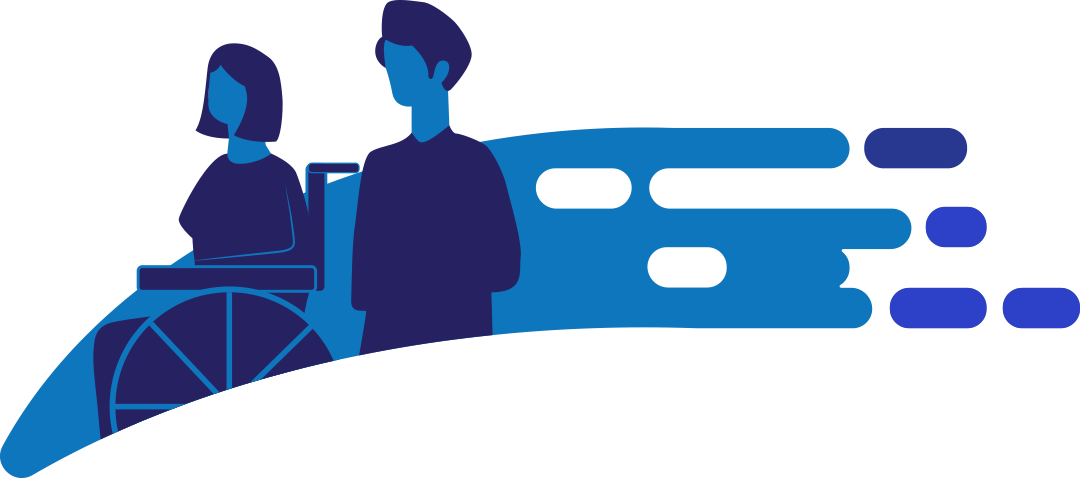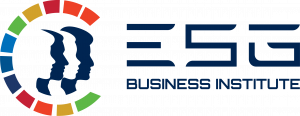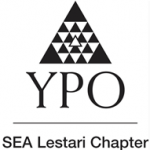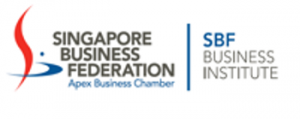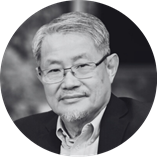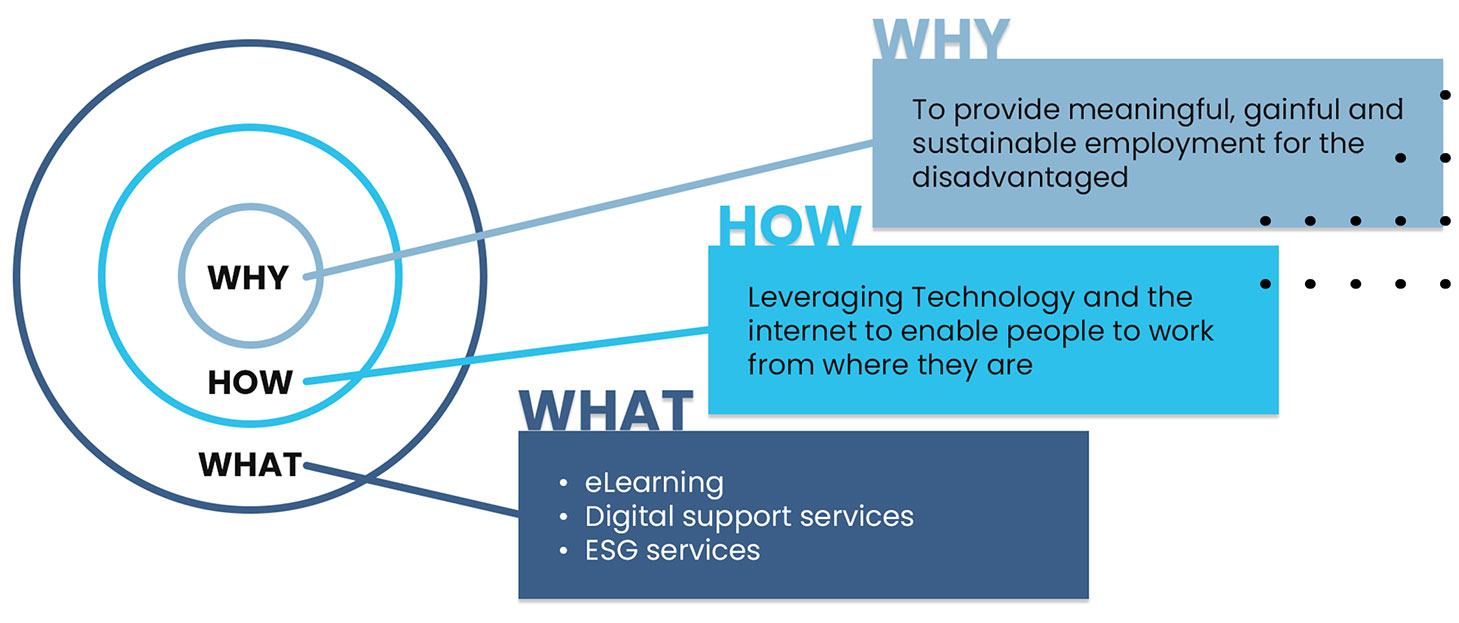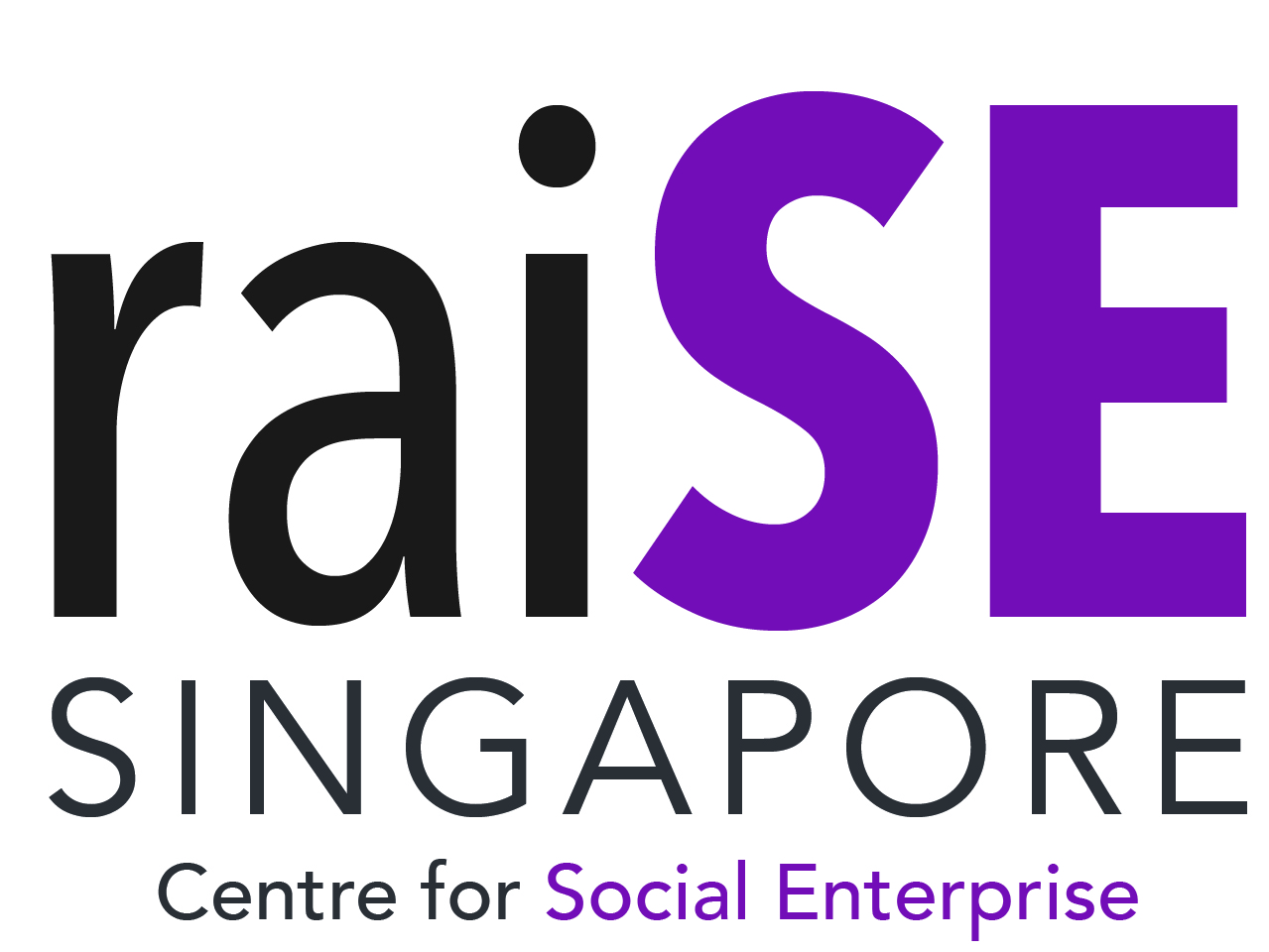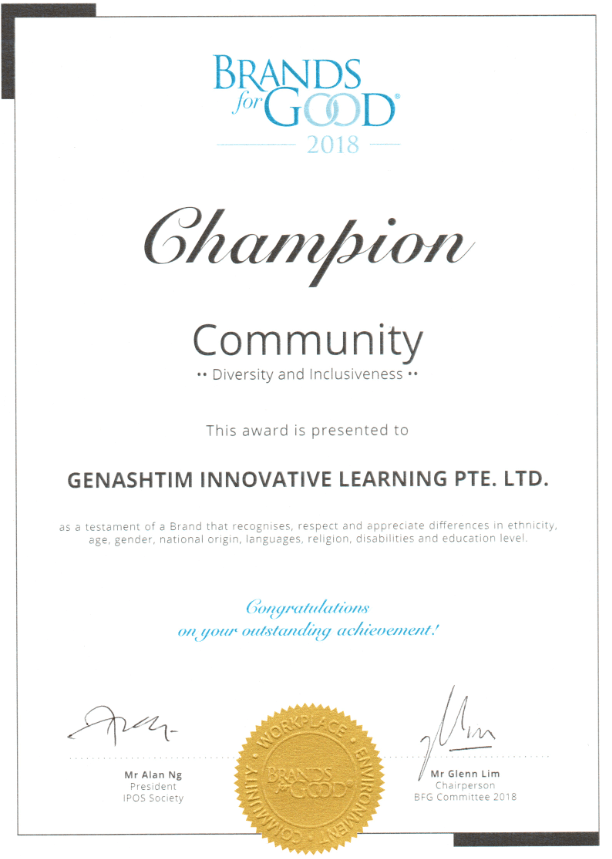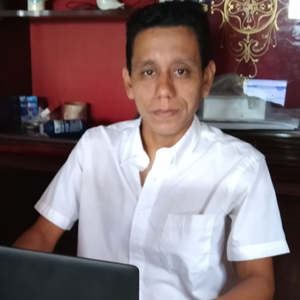Master Retention: Advanced Strategies for Learning
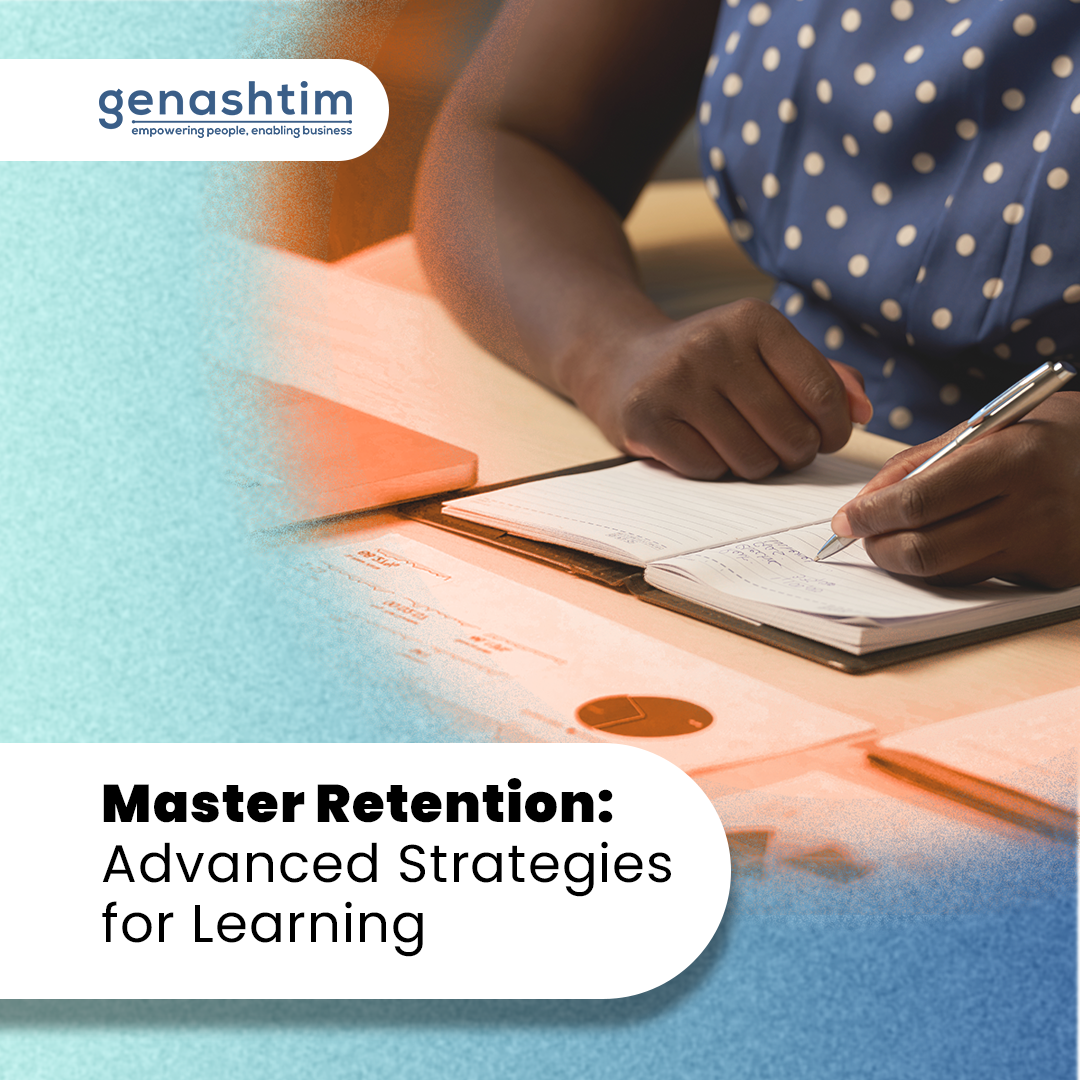
Written by: Hema Krishnan
At Genashtim, continuous learning is not just a requirement but a way to grow personally and professionally. The true purpose of learning isn’t to accumulate certificates or tick off completed courses; it’s to develop skills, improve critical thinking, and make meaningful contributions to our work and life.
This blog is a continuation of our previous discussion on effective learning strategies, where we explored three key methods: priming your mind, taking notes, and summarizing key concepts. Now, we will delve deeper into advanced techniques that will help reinforce learning and improve long-term retention. By incorporating these strategies, you can transform passive learning into active mastery.
- Practice Tests to Maximize Retention
Many online courses, such as those on Coursera, include in-video quizzes to test comprehension. While it may be tempting to skip them, answering these questions enhances learning through a process known as “practice testing.”
Remember how we used to groan about tests in school? Turns out, they were effective for a reason! Testing forces us to retrieve information from memory, strengthening neural connections and reinforcing what we’ve learned. It actively engages the brain instead of allowing it to passively consume information.
Integrate practice testing into learning by:
- Self-quizzing: After reading an article or watching a video, challenge yourself to recall key concepts before reviewing the material again.
- Answering in the moment: When encountering a question in an online course or article, pause and try answering before looking up the answer.
A quick quiz: What is the “fluency illusion”? (If you’re unsure, you might need to revisit our previous blog!)
Research confirms that practice testing is one of the most effective learning techniques, surpassing highlighting, summarizing, and passive rereading. In his article “Strengthening the Student Toolbox: Study Strategies to Boost Learning,” John Dunlosky highlights the power of practice testing:
“Taking practice tests can substantially boost student learning… Frequent testing and retrieval practice help learners distinguish between what they truly understand and what they only recognize.”
- Reinforce Learning by Teaching
Teaching others is one of the most effective ways to deepen your understanding. At Genashtim’s Language Department, we have weekly Touchbase presentations where team members share valuable insights from courses, articles, and personal experiences. These presentations require us to structure our knowledge clearly, which galvanizes retention.
Even if you don’t have a formal platform to teach, you can reinforce learning by:
- Explaining concepts to a colleague or friend
- Writing a blog or social media post summarizing key takeaways
- Creating a short presentation for your team
- Recording a voice note where you articulate the key points to yourself
When you try to teach a concept, you quickly realize where your understanding is strong—and where you need improvement. This makes teaching an invaluable tool for reinforcing learning.
- Learn in Clusters
Have you ever taken multiple courses on the same subject from different platforms? Or watched various YouTube videos about a single topic? This is known as cluster learning—a method where you absorb information on a subject from multiple sources to reinforce understanding and gain diverse perspectives.
As a content writer, I’ve taken several courses on copywriting, business writing, creative writing, and AI. I’ve also watched videos, read articles, and attended webinars on those subjects. This approach helped me:
- Achieve a Broader and Deeper Understanding
Engaging with various resources keeps your mind immersed in a subject, allowing you to absorb complex principles more effectively. Different sources offer different explanations, enriching comprehension. - Improve Memory Retention
Repetition from multiple sources strengthens retention. When we read, watch, and listen to similar content repeatedly, it becomes easier to recall the information later. - Gain Exposure to Different Perspectives
Relying on a single resource can create an “only-source bias,” where a learner’s perspective becomes limited due to a lack of exposure to alternative viewpoints. Learning from multiple instructors and experts provides a well-rounded understanding and encourages critical thinking. - Enhance Learning Efficiency
When you engage with related materials in quick succession, you spend less time relearning foundational concepts and more time building advanced knowledge.
To practice cluster learning, you can:
- Take an online course and supplement it with YouTube videos or blog articles on the same topic.
- Compare how different experts explain the same concept.
- Read academic papers or case studies to complement your video learning.
- Consume resources back-to-back while the information is fresh.
Be mindful of information overload, though—quality over quantity is key.
- Apply What You Learn
Remember the “Application of Learning to Genashtim” column in the TMS platform? This isn’t just a formality—it’s an essential part of the learning process. Learning becomes meaningful only when applied in real-world scenarios.
Practical application cements knowledge in our memory and enhances skill development. Here are some ways to apply new knowledge:
- Implement new techniques in your work: If you learn about a productivity tool, integrate it into your workflow.
- Discuss key concepts with your peers: Conversations can help refine your understanding.
- Create something based on what you learned: Write an article, develop a project, or build a strategy using your new knowledge.
- Experiment and get feedback: Test what you’ve learned, gather insights, and refine your approach.
The more you use your knowledge, the stronger it becomes.
Conclusion
By incorporating these strategies—practice testing, teaching others, cluster learning, and applying what you learn—you can transform passive learning into active, long-lasting learning. The goal at Genashtim isn’t just to clock in training hours, but to develop a culture of deep, meaningful learning that enhances both our professional and personal growth.
True learning isn’t about hoarding information; it’s about making knowledge a part of who you are and using it to create impact, strengthen our ability to retain and apply knowledge effectively. With the learning techniques discussed in the two back-to-back blogs, I hope you can maximize learning to improve your career and personal life—maybe even impress your friends and strangers alike with your vast knowledge!

